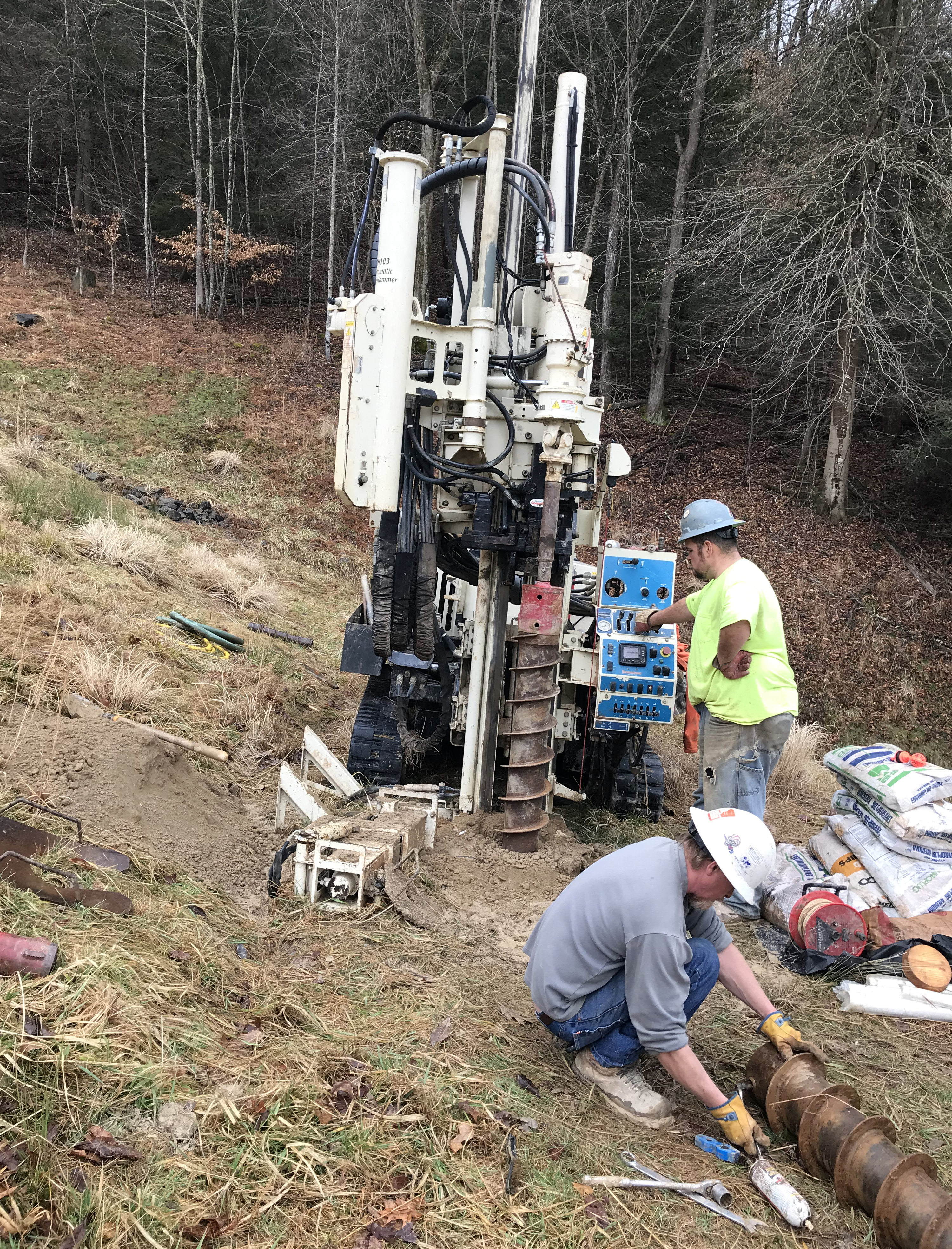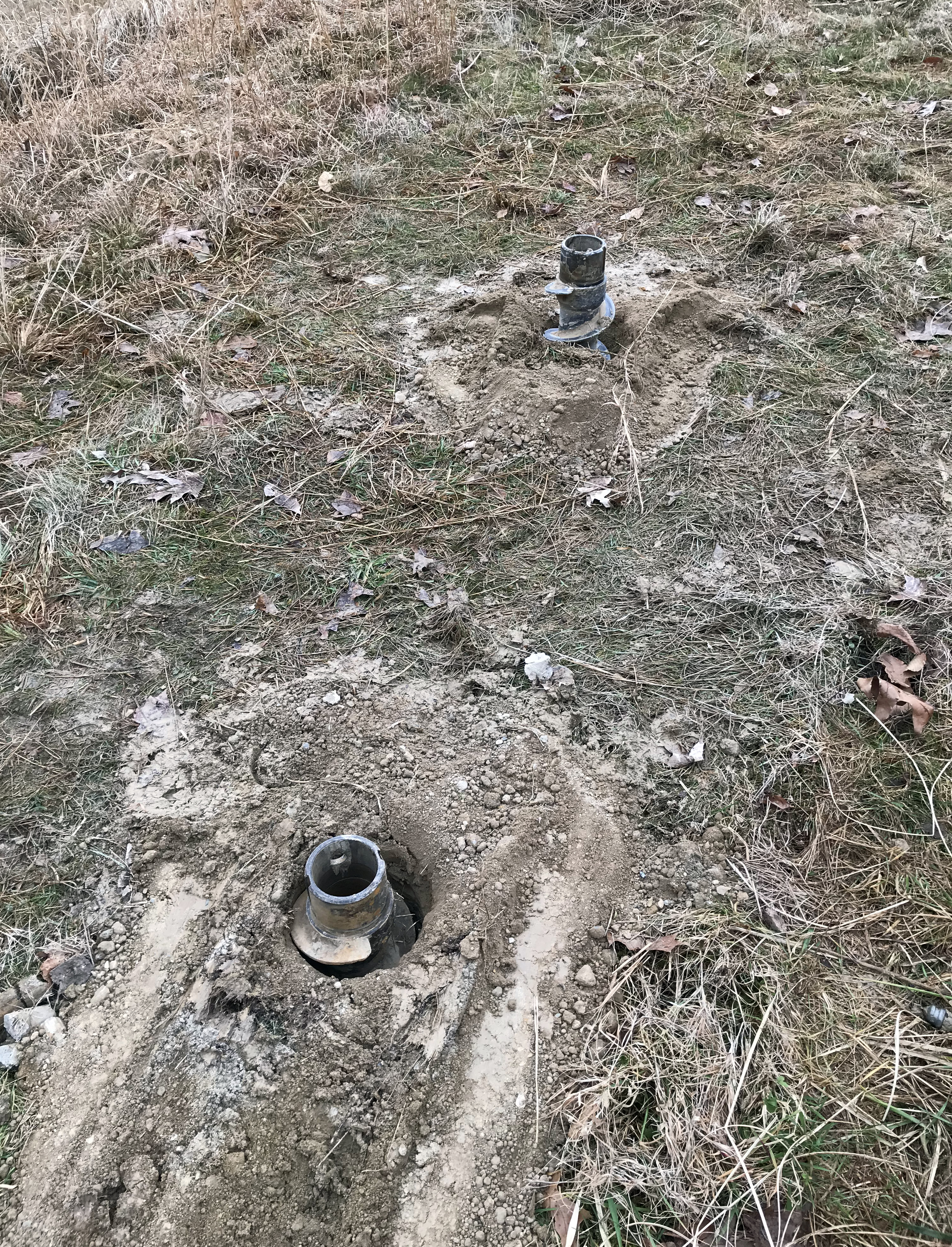WV Watershed Focus: Elk Twomile dams
Chuck Grishaber, floodplain manager for the Kanawha County Commission, said the Elk Twomile dams are a real benefit to the Rutledge Road community. “It’s a great benefit to prevent flooding up there,” he said. “It’s also a great recreational area for fishermen.”
The Kanawha County Commission provides annual funding for maintenance with the WVCA matching the funding dollar for dollar.
Grishaber said the continued operations and maintenance of the dams is a priority, as the Commission is “all about safety and wants to make sure those dams are maintained.”
The WVCA inspects the dams monthly and during high rain events. Working with the Capitol Conservation District, we mow, cut brush and make necessary repairs to maintain the dams in optimal condition.
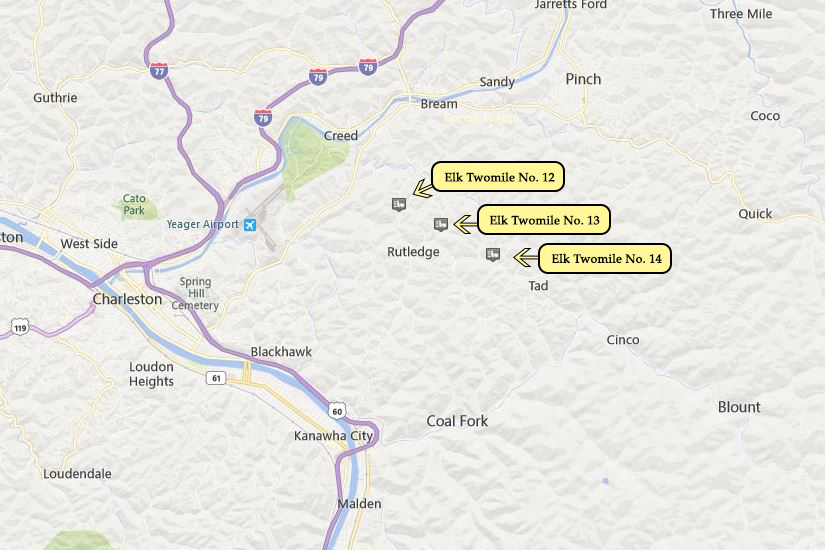
ELK TWOMILE No. 12
Elk Twomile No. 12 is the oldest of the three dams, and was built in 1975. The dam is 66 feet high and impounds a maximum volume of 233 acre feet of water, with a permanent pool of 1.9 acres. (One acre-foot of water equals more than 325,850 gallons.) The dam is located on Lacy Hollow Road off Rutledge Road in Charleston.
The auxiliary spillway of Elk Twomile No. 12 is meant to direct excess water safely downstream during a 100-year or greater flood event. Water flows through the auxiliary spillway (see photo below) before the level reaches the top (or crest) of the dam, which ensures the safe drawdown of water during flood events.

We were notified that mounds of household trash (see video below) had been dumped over the hill above Elk Twomile No. 12. WVCA worked with Grishaber and the Kanawha County Commission, who then contacted the West Virginia Department of Environmental Protection. The WV DEP cleaned up hundreds of bags of trash. This pollution could have gone into the stream and into the dam reservoir, blocking the intake of the riser. Thankfully, that was avoided in this case. WVCA encourages everyone to report suspicious activities, illegal dumping or vandalism around dams.
ELK TWOMILE No. 13
Elk Twomile No. 13 was built in 1977 and has a permanent pool of four acres. The dam is along Martin Hollow Road, off Rutledge Road in Charleston, and is 49 feet high. The dam is designed to impound a maximum volume of water of 174 acre feet.
A tributary of Elk Twomile Creek flows into the dam.
The dam’s auxiliary spillway has suffered extensive problems that stem from drainage under the road. If not corrected, water will erode the entire outlet end of the auxiliary spillway. A plan is in place to stabilize the ditch with underlayment cloth and riprap, which would create a direct path of drainage to the receiving stream.
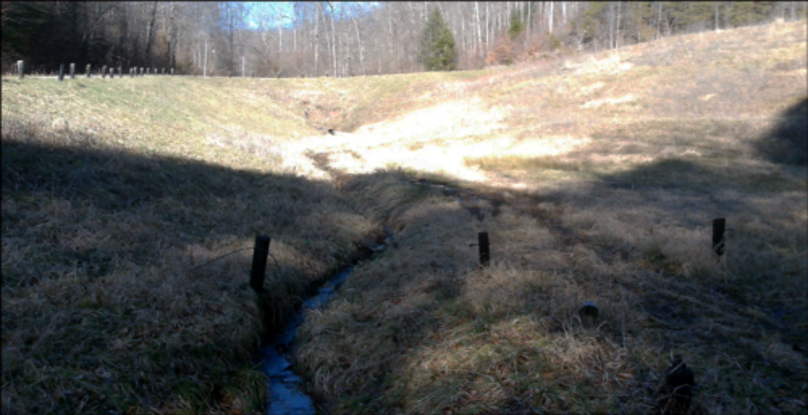
Elk Twomile No. 13 has been vandalized, as have other dam sites in the state. These tire ruts caused damage to the auxiliary spillway, and guardrails will be installed to prohibit vehicle access to this area.
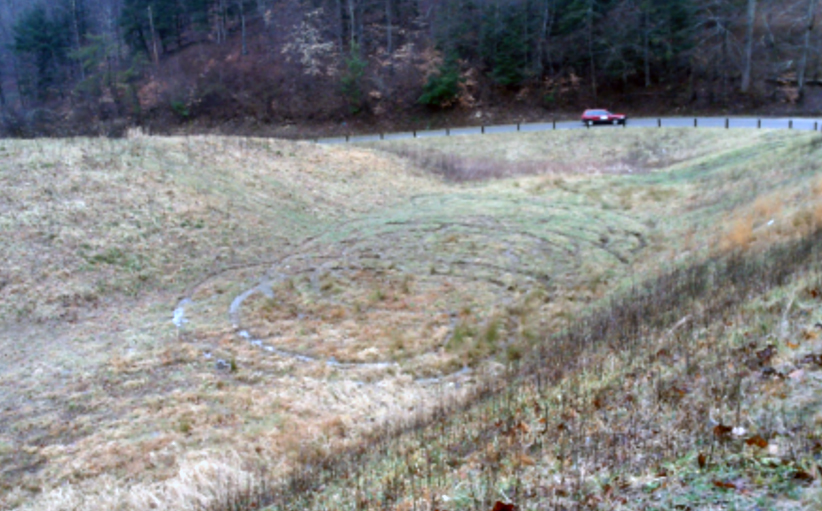
The West Virginia Conservation Agency has agreements with counties using a section of state code (7-1-3u) that allows county commissions to partner with state or federal agencies and private persons on flood control projects, sharing all resources in the process.
At Elk Twomile No. 13, a culvert (see photo below) needed to be repaired as the bank had slipped and an upstream channel was ponding after the culvert had collapsed, prohibiting access to a home.
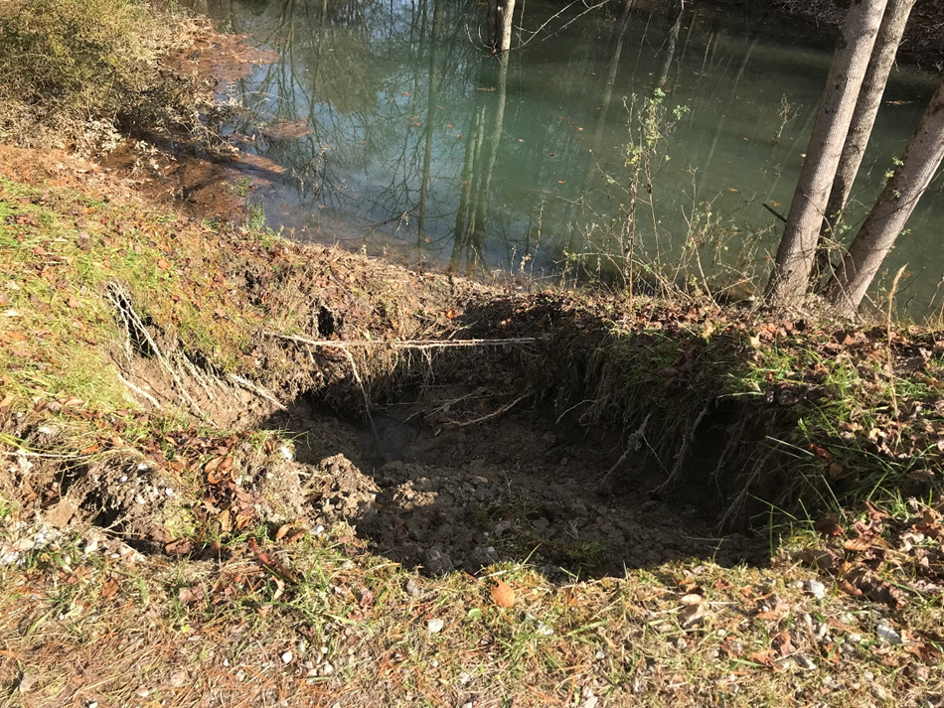
ELK TWOMILE No. 14
Elk Twomile No. 14, the newest dam in the watershed, was built in 1996. The dam is 66 feet high and impounds a maximum volume of water of 231 acre feet. Hunter Run flows into the dam, and the dam is located on Hunter Road off Rutledge Road in Charleston. A data gauge station is on the upstream face of the dam. It was installed and is monitored by the U.S. Geological Survey.
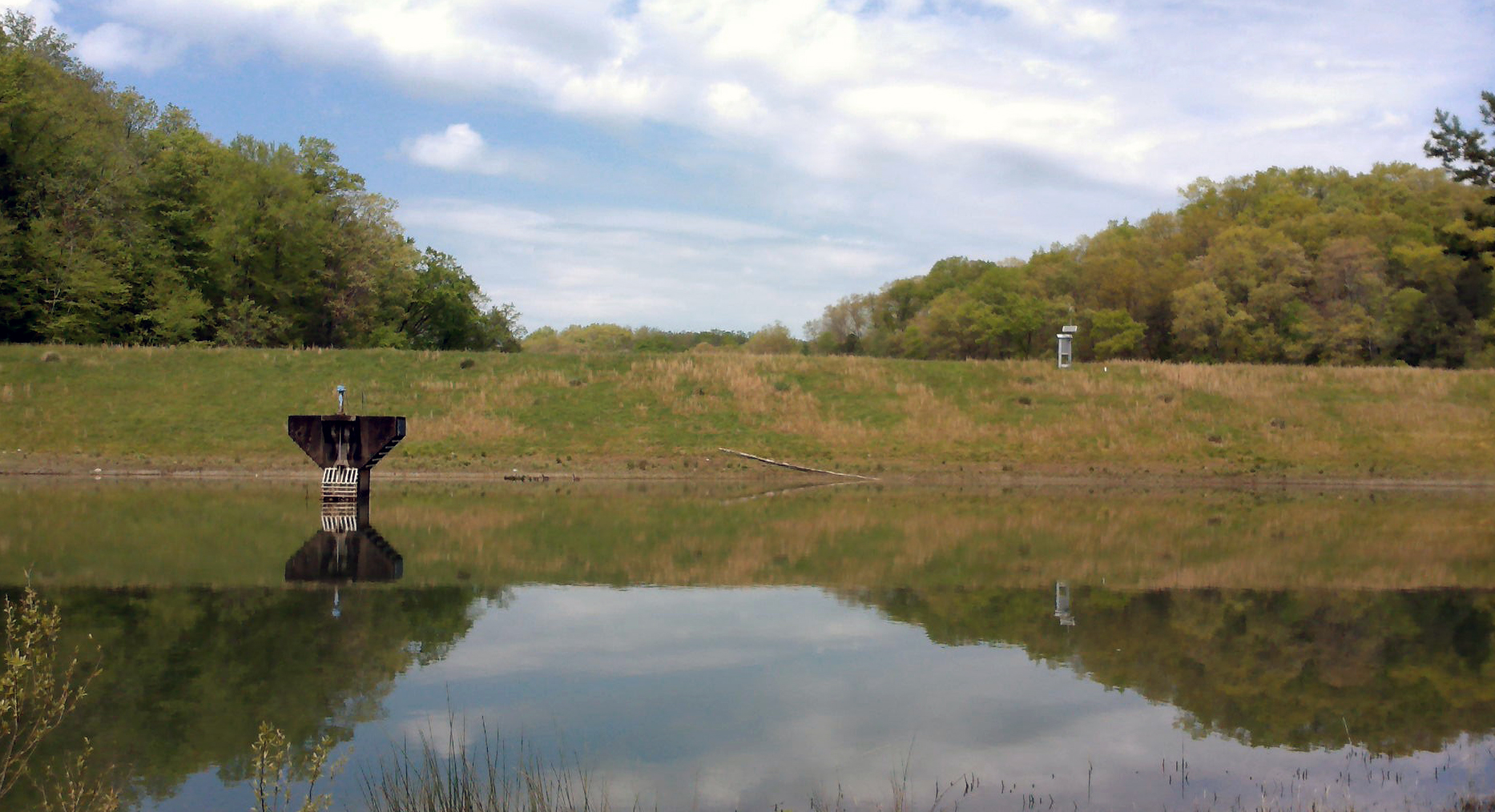
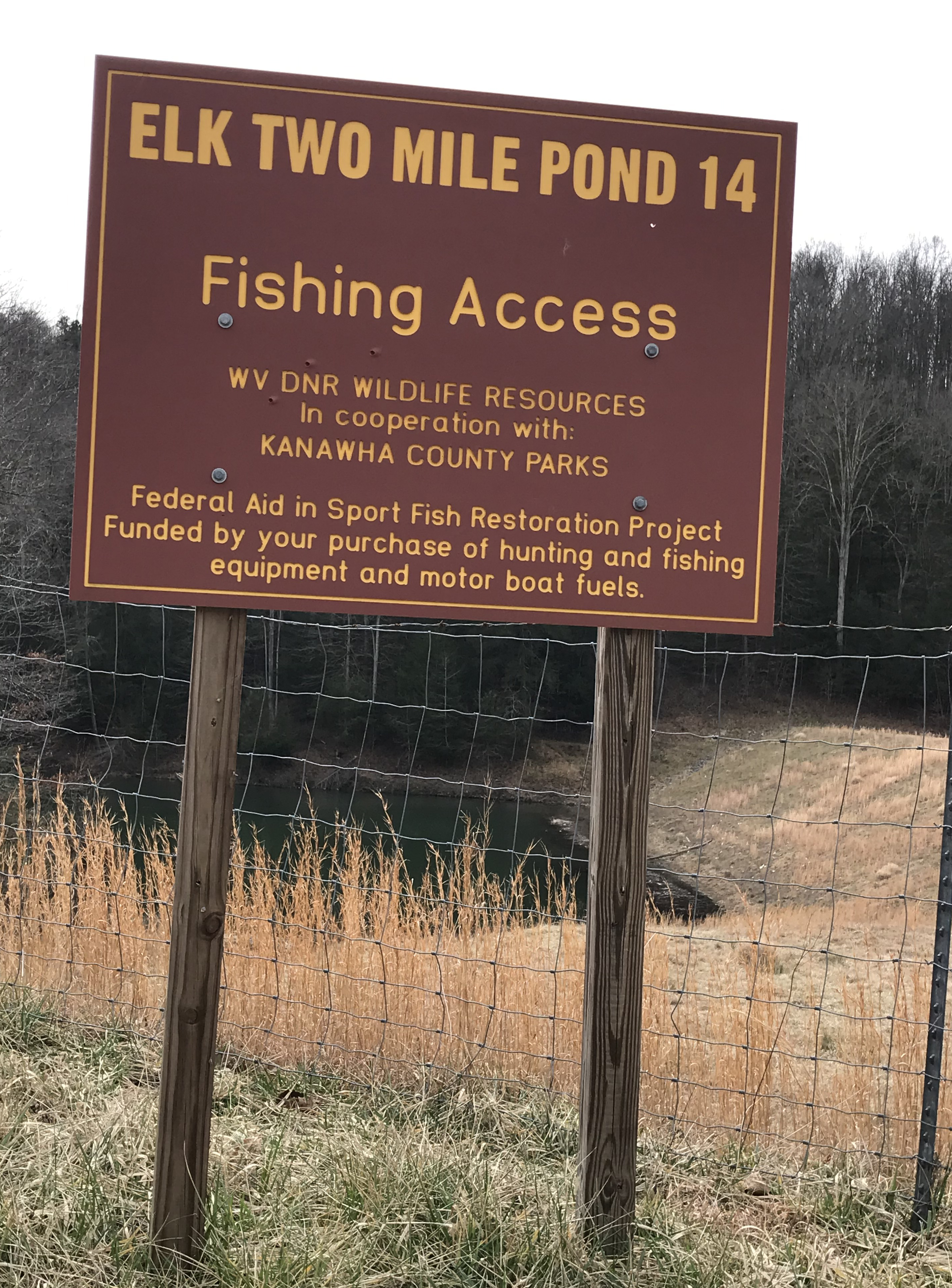
The dam has experienced a seepage area on its downstream face for some time. The seepage has been monitored yet has grown bigger. WVCA recognized monitoring was no longer an option and the problem needed to be corrected sooner than later.
The Capitol Conservation District retained GAI Engineering to repair the seep (see photos below). This involves core drilling for soil sampling and piezometer installation for testing of the water amounts and levels. It is anticipated that a drainage system can be installed that will help to maintain the integrity of the embankment and eliminate seepage standing on the dam.
GAI is currently drafting a design for the drainage system. WVCA anticipates the project to be completed by November 2020 and cost $157,000.
